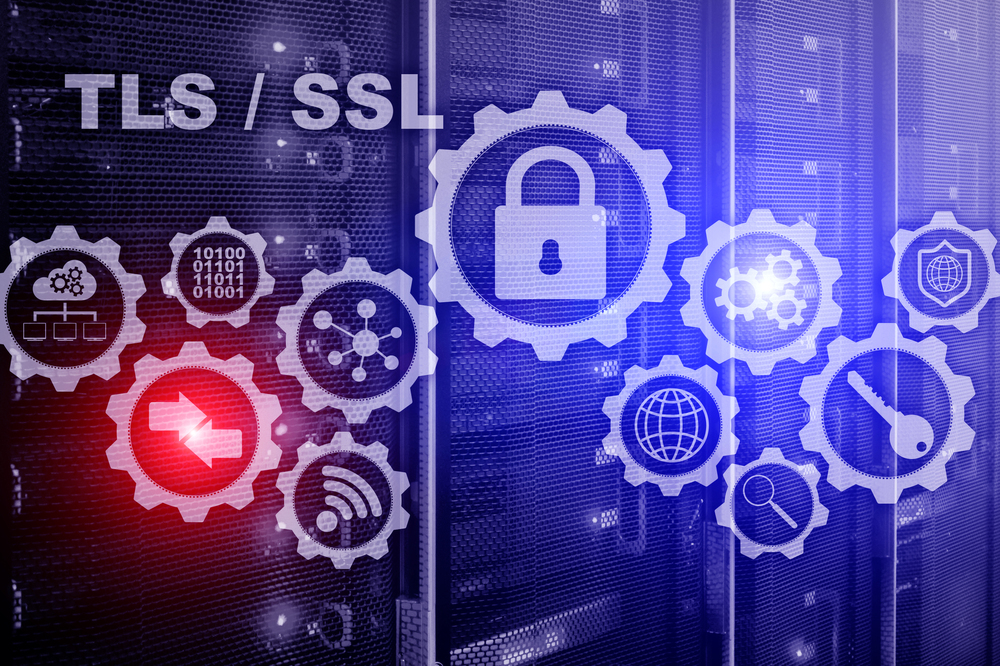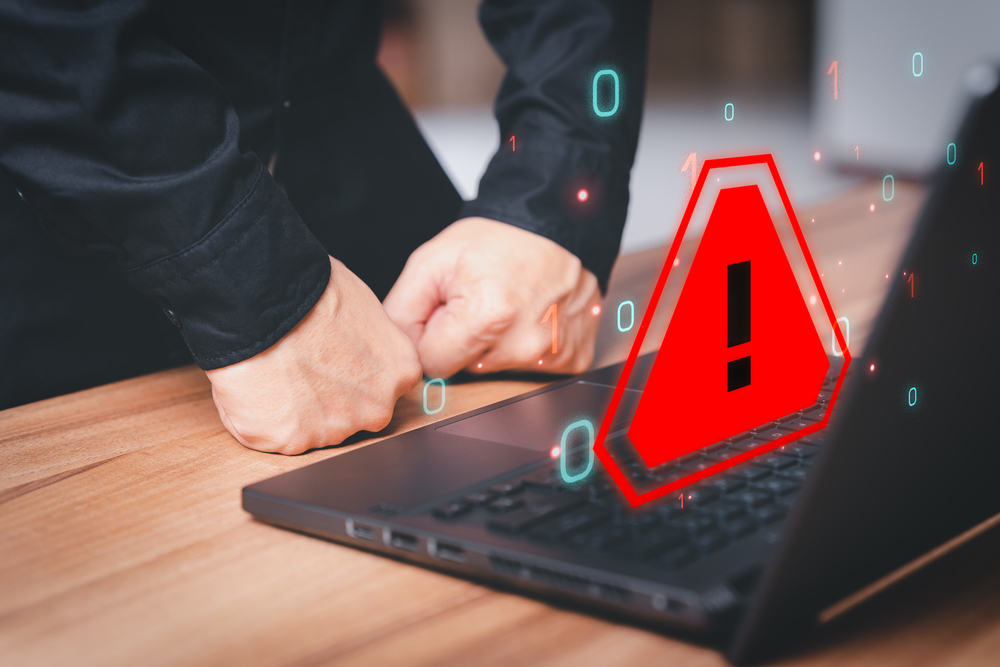
SUSE brings agentic AI to enterprise Linux
SUSE has released SUSE Linux Enterprise 16, which it describes as the first enterprise Linux distribution to integrate agentic AI through the Model Context Protocol (MCP). The update aims to let operating systems interact more directly with AI models and external data sources.
The Model Context Protocol, introduced in 2024 by Anthropic, is an open standard for connecting large language models to tools and data. It defines a simple client-server structure that allows AI systems to request information or perform tasks across different applications in a consistent way. SUSE’s adoption of MCP is meant to make those capabilities available at the operating system level, without depending on a single AI provider.

Generalist teams vs specialist tools -- the enterprise IT paradox [Q&A]
With hyperscalers better able to attract the best talent and headcount tight across the board, most enterprises are leaning heavily on generalist IT teams to manage their environments.
But in many cases the tools they’re expected to use were designed for specialists. Legacy tools like ConnectWise, Device42, or ServiceNow often require deep expertise, complex integrations, or expensive customization making them unsuitable for generalist teams.

Cyber incidents cost organizations millions
Security leaders estimate that, on average, cyber incidents cost their organization $3.7 million, with 46 percent suffering from an outage or disruption to their services as a consequence of attacks.
A new survey from Red Canary of 550 security leaders, from the US, UK, New Zealand, Australia, and the Nordic countries, finds that SOC teams continue to struggle with the challenges of securing cloud environments, identities, and AI technologies amid evolving threats.

How enterprise developers are moving from fragmented tools to unified platforms [Q&A]
Across large organizations, developers and DevOps teams rely on an ever-growing collection of specialized tools. But while these offer valuable flexibility, they can also create significant pain points.
We spoke to Chintana Wilamuna, VP of solutions architecture at WSO2, about how the landscape is changing from fragmented, purpose-built development tools toward comprehensive, unified platforms.

AI readiness helps companies gain an edge over their competition
The latest AI Readiness Index from Cisco is based on a study of over 8,000 AI leaders across 30 markets and 26 industries. It finds that what it calls ‘Pacesetters,’ about 13 percent of organizations for the last three years, outperform their peers across every measure of AI value.
Of these Pacesetters 98 percent are designing their networks for the growth, scale and complexity of AI compared to 46 percent overall.

Who’s paying the price of cybercrime?
Cybercrime has become a global epidemic, with costs soaring across sectors and borders. But who’s paying the price and how has that changed since the turn of the century?
Researchers from vpnMentor have analyzed 25 years of FBI Internet Crime Complaint Center (IC3) data along with a review of major global incidents to discover the cost of cybercrime and how it’s evolving.

Enterprises face increasing challenges with certificate management
A report released today finds that approximately 60 percent of businesses are using three
or more secure sockets layer (SSL) providers and suggests a lack of centralized processes for SSL certificate management.
The study from domain security company CSC analyzed usage trends and patterns for more than 802,000 digital certificates linked to 2.4 million domains. It finds domain validated (DV) certificates account for three-quarters (73.4 percent) of certificates while organization validation (OV) certificates represent nearly a quarter (24.6 percent). Extended validation (EV) certificates account for less than two percent (1.9 percent).

Most big US companies now flag AI use in their public risk disclosures
A new report from The Conference Board and ESGAUGE finds that 72 percent of S&P 500 companies now flag AI as a material risk in their public disclosures. That’s up from just 12 percent in 2023, underscoring how rapidly AI has moved from experimental pilots to business-critical system.
Reputational risk tops the list, cited by 38 percent of companies. Firms warn that failed AI projects, missteps in consumer-facing tools, or breakdowns in service could quickly erode brand trust. Cybersecurity risks follow, disclosed by 20 percent of firms.

System integrations -- strategic phasing or waterfall implementation? [Q&A]
As organizations continue to navigate complex system integrations, one critical decision that arises is whether to embrace strategic phasing or waterfall implementation. The choice of approach can shape the success or failure of projects, particularly when dealing with large-scale ERP consolidations and replacements.
We spoke with Scott Maggiolo, SVP of information technology at Ribbon Communications to understand the pros and cons of each and how the decision is not one-size-fits-all.

AI investment soars but only a tenth of projects are fully deployed
New research reveals that while organizations have nearly doubled their overall AI investment to $27 million (up from $14.7 million in 2024) and 87 percent report that the ROI on their AIOps initiatives has met or exceeded expectations, however, only 12 percent of AI projects have reached full enterprise-wide deployment.
The survey, of 1,200 business decision-makers, IT leaders, and technical specialists, from Riverbed shows organizations report facing several significant barriers to AI implementation. The majority are not fully prepared to roll out AI projects, with challenges including persistent issues with data quality and a gap between leadership optimism and the technical realities of implementation.

Sumo Logic brings agentic AI to the enterprise security stack
Enterprises face a growing volume and complexity of cyber threats which means security teams struggle with alert fatigue and managing a spread of tools.
Sumo Logic is launching a new agent-powered security operations tool to help automate routine tasks, streamline investigations, and give enterprise security teams the freedom and ability to focus on analyzing the biggest security issues facing their organization.

Younger generations embrace the mainframe
Large enterprises have always relied on mainframe computing but with the rise of technologies like the cloud and AI many have predicted that those days are numbered.
Software solutions company BMC has released the results of its 20th annual BMC mainframe survey, which finds that in fact positive perception of the mainframe has reached an all-time high of 97 percent, highlighting that the mainframe remains a vibrant and growing platform.

New AI-powered code intelligence platform speeds up modernization efforts
Today’s enterprises are often stuck with legacy code that hampers attempts at modernization, maintenance and more.
To address this CoreStory is launching an AI-driven code intelligence platform that uncovers the fundamental insights in code to accelerate software modernization efforts quickly, efficiently and with greater confidence.

Helpdesks struggle to keep up with cyber threats
Helpdesks are bogged down by repetitive, time-consuming tasks (34 percent), long resolution times (34 percent) and limited resources (31 percent).
This is among the findings of the latest digital employee experience (DEX) report from Ivanti. It shows that while many businesses are automating certain operations, like security patch management (72 percent) and IT ticket routing (67 percent), but nearly 40 percent still haven't automated password resets -- missing an easy win that could eliminate countless routine support tickets.

New enterprise browser aimed at securing BYOD and third-party devices
Check Point is launching a new Enterprise Browser, extending zero trust security to unmanaged devices like BYOD, contractors, and third-party partners.
The new feature, available to Check Point Harmony SASE customers from today, delivers full visibility, granular policy enforcement, and compliance-ready data protection without persistent agents or endpoint ownership.
